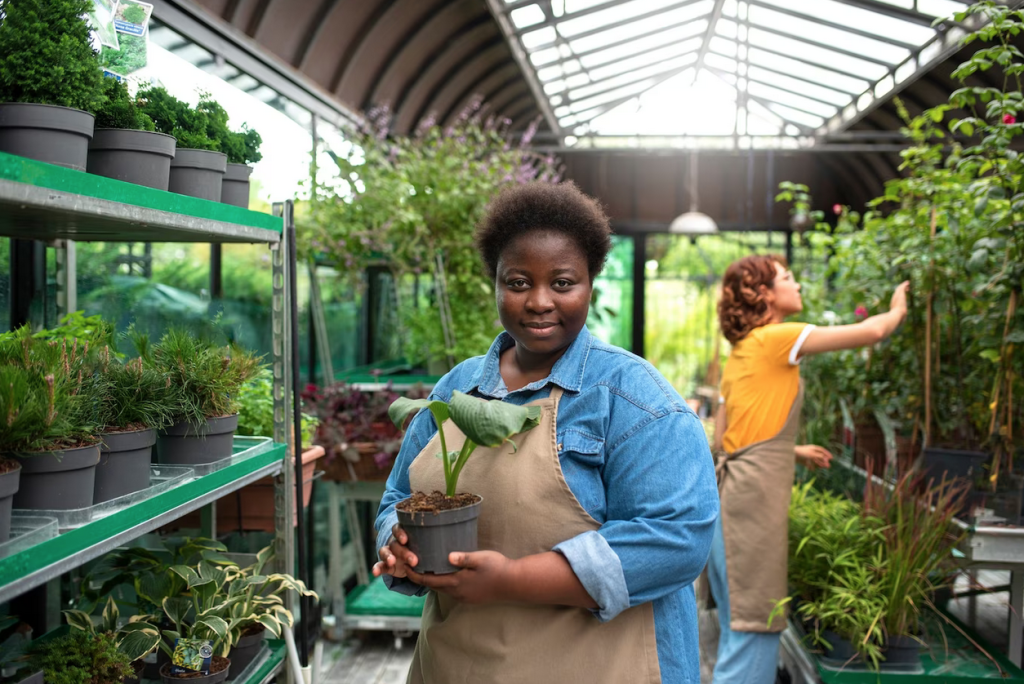Cultivating flowers, plants, and veggies in urban areas including roofs, rooftops, yards, and community gardens is referred to as urban gardening. Because of its numerous benefits, such as promoting growth in communities, increasing availability of nutritious and healthy food, and improving psychological and environmental well-being, it is gaining in appeal.
In addition, there are various kinds of urban gardening, notably hydroponic gardening, elevated bed vegetable gardening, gardening in containers, and vertical farming. Raided bed gardening includes constructing beds that are elevated over the ground level whereas container gardening is a method that comprises cultivating plants inside containers and other types of vessels. Whereas hydroponic gardening involves growing crops using water rich in nutrients with no substrate, the practice of vertical gardening involves cultivating crops atop the wall and initiating structure.
Community gardening is a popular form of urban gardening where individuals come together to garden in a shared space. Community gardens provide opportunities for people to socialize, share knowledge, and work together on a common goal. They can also provide access to fresh produce for those who may not have space or resources to garden on their own.
Overall, urban gardening can have numerous benefits for individuals, communities, and the environment. It can provide access to fresh and healthy food, promote community building and socialization, improve mental health and well-being, and help mitigate some of the negative impacts of urbanization on the environment.
Why community gardens are important
Community gardens are important for several reasons:
- Access to fresh and healthy food: Community gardens provide access to fresh fruits, vegetables, and herbs for people who may not have the space or resources to plant their own. This can help reduce food deserts and promote healthy eating.
- Community building: Community gardens bring people together and create a sense of community. They can be places where people can socialize, share knowledge, and work together on a common goal. This helps foster a sense of belonging and connectedness within a community.
- Environmental benefits: Community gardens can help mitigate some of the negative impacts of urbanization on the environment. Plants can help absorb pollutants and improve air quality, while green spaces can help regulate temperatures and reduce the urban heat island effect.
- Educational opportunities: Community gardens can provide educational opportunities for people of all ages, from learning about plant biology to sustainable gardening practices. This can help promote environmental awareness and responsibility.
- Economic benefits: Community gardens provides opportunity for people to earn income through selling produce or offering gardening services. This can help promote economic sustainability and entrepreneurship.
Overall, community gardens has alot of positive impacts on individuals, communities, and the environment. They can provide access to fresh and healthy food, promote community building and socialization, improve environmental and mental health, and offer educational and economic opportunities.
You can also read more about What is a Forestry Mulcher

